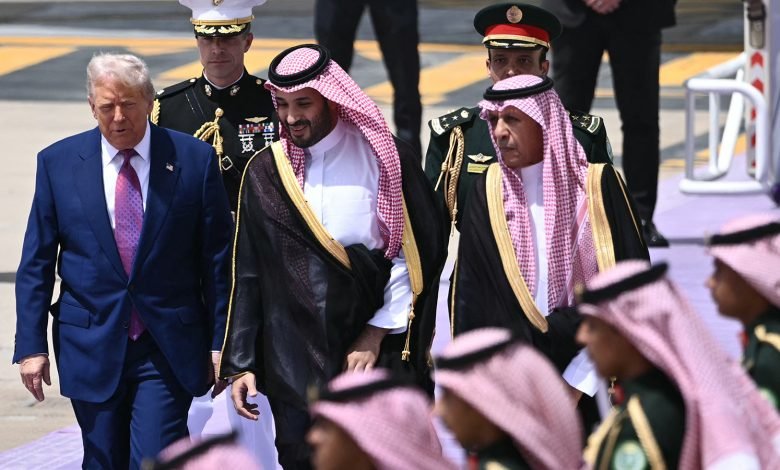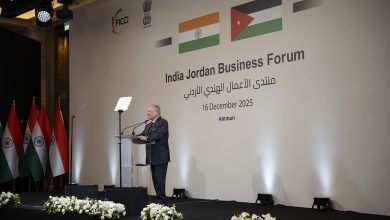
By : Nedal Zubeidi
Jordan Daily – When Donald Trump landed in Riyadh on Tuesday, many expected him to focus on oil- the old foundation of the U.S.-Saudi relationship. But what happened showed something bigger is changing. The visit made clear that Saudi Arabia is not just an old friend of America anymore-it’s becoming a key partner in reshaping the future of the Middle East and maybe even the world.
For many years, the U.S and Saudi Arabia were tied together mainly because of oil. Since oil was found in the Gulf in 1938, their relationship rose and fell with the price of crude. But over the last decade, things have shifted. Their partnership has grown into something much broader. It now includes technology, business investments, and security cooperation-not just oil.
Trump’s trip shows this new reality. It comes at a complicated time for the region, with wars, shifting alliances, and global power struggles. Many experts thought Trump would use the visit to again show support for Israel, as past presidents have done. But this time, the message was different. Trump showed a more practical, “America First” approach, focusing on business deals and security rather than old promises or emotional alliances.
At the same time, Saudi Arabia is using this moment to its advantage. Under its big Vision 2030 plan, Saudi Arabia wants to change its economy, move away from oil, and become a leader in technology and innovation. The U.S. is still an important partner because it has the tools and experience Saudi Arabia needs.
During Trump’s visit, Saudi Arabia promised to invest $600 billion in the U.S., a clear sign of how both countries see benefits in the relationship. In a surprise move, Trump announced that he would lift sanctions on Syria, saying it was to give the country “a chance at greatness.” A gesture favoring Prince Mohammed bin Salman, who has been working to position Saudi Arabia as the leader of regional diplomacy, including opening new channels with Syria.
Saudi Arabia also made its position clear on the Israeli-Palestinian issue. Crown Prince Mohammed bin Salman said again that there will be no peace or deals with Israel unless a Palestinian state is created. This puts Israel in a tough spot, as it now faces pressure not only from Palestinians but from the wider region.
Trump’s visit sent shockwaves through pro-Israel groups in Washington. They fear that Trump’s focus on business deals and investments is pushing traditional U.S. support for Israel into the background. The fact that Trump skipped a visit to Tel Aviv during his trip says a lot.
For Trump, Saudi Arabia is not just a wealthy country- it is now the main player he wants to work with to manage the Middle East, especially as Iran is weakening, Syria is changing, and other conflicts continue in Gaza, Sudan, and Lebanon. Saudi leaders see this as their chance to take the lead in the Arab world, especially as other powers like Turkey try to compete.
For Saudi Arabia, this new partnership is also about strengthening its military power. A senior Saudi defense official said the Kingdom is pushing to buy the latest F-35 fighter jets and advanced missile defense systems from the U.S., with a clear request that deliveries happen during Trump’s term. This demand reflects Riyadh’s desire to quickly secure its defense needs as it takes on a bigger role in the region-and it shows how the Kingdom expects this deeper partnership with Washington to deliver not just promises, but fast, concrete results.
In return, the U.S. gets a reliable buyer of its weapons and technology, and a partner who is ready to help manage the region’s problems. The old days when the U.S. focused only on oil and Israel are over. Trump’s visit makes that clear: Saudi Arabia is now sitting at the center of America’s new Middle East strategy.

